Strength training at home has become a cornerstone of modern fitness, offering both convenience and control over your health journey. Whether you’re short on time, budget, or prefer the comfort of your own space, starting a strength training routine at home is entirely achievable — even for complete beginners.
This comprehensive guide walks you through every step, from understanding the basics to creating your own effective training program using minimal equipment.
Contents
- 1 What is Strength Training?
- 2 Benefits of Strength Training at Home
- 3 Essential Equipment for Home Strength Training
- 4 Foundations of a Beginner Strength Training Program
- 5 Best Strength Training Exercises for Beginners
- 6 Sample Weekly Strength Training Schedule
- 7 How to Track Your Progress
- 8 Common Mistakes to Avoid
- 9 Tips to Stay Motivated at Home
- 10 Final Thoughts: You Don’t Need a Gym to Get Strong
What is Strength Training?
Strength training, also known as resistance training, involves exercises that improve muscle strength, endurance, and size by working against resistance. This resistance can be in the form of bodyweight, resistance bands, dumbbells, or household items like water jugs or backpacks.
Unlike cardio workouts that focus on the heart and lungs, strength training targets muscle development, boosts metabolism, improves bone density, and enhances overall body composition.
Benefits of Strength Training at Home
- Increased muscle mass and strength
- Improved posture and balance
- Better metabolism and fat loss
- Enhanced bone and joint health
- Greater flexibility and mobility
- Boosted confidence and mental health
- No gym memberships or commute required
Essential Equipment for Home Strength Training
While you can start with just your bodyweight, adding a few inexpensive tools can significantly enhance your results:
1. Resistance Bands
Versatile and portable, resistance bands provide variable resistance that challenges your muscles throughout the movement.
2. Dumbbells or Adjustable Weights
Start light (5–15 lbs) and progress gradually. Adjustable dumbbells save space and offer long-term scalability.
3. Kettlebells
Perfect for compound movements like swings, squats, and presses.
4. Pull-Up Bar
Easily installed in door frames, this helps build upper body and core strength.
5. Stability Ball or Bench
Adds variety and core engagement to your workouts.
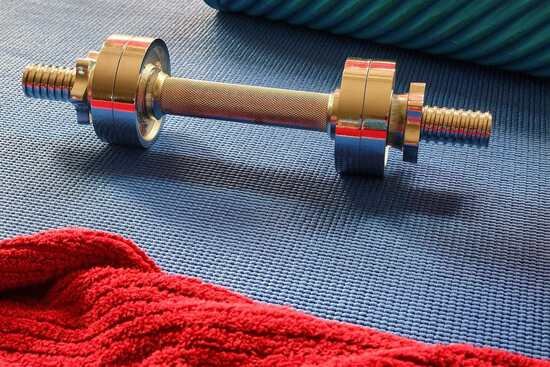
Foundations of a Beginner Strength Training Program
A successful beginner exercise routine should focus on compound movements, consistency, and gradual progression. Aim to train 2–4 times per week, leaving at least one rest day between sessions.
Key Training Principles
- Progressive Overload: Gradually increase the resistance or repetitions.
- Proper Form: Focus on technique over speed or weight.
- Rest and Recovery: Muscles grow during recovery, not just during workouts.
- Warm-Up and Cool-Down: Prevent injuries with dynamic warm-ups and post-workout stretches.
Best Strength Training Exercises for Beginners
These exercises cover all major muscle groups and require minimal equipment:
1. Bodyweight Squats
Targets: Quads, glutes, hamstrings
How-To: Stand with feet shoulder-width apart, bend your knees and lower your hips as if sitting into a chair, then return to standing.
2. Push-Ups
Targets: Chest, shoulders, triceps, core
How-To: Keep your body in a straight line and lower your chest toward the floor. Modify by dropping to your knees if needed.
3. Glute Bridges
Targets: Glutes, hamstrings, lower back
How-To: Lie on your back, bend your knees, and lift your hips until your body forms a straight line.
4. Bent-Over Rows (with dumbbells or water bottles)
Targets: Back, biceps
How-To: Hinge at the hips, keep your back flat, and pull weights toward your waist.
5. Planks
Targets: Core, shoulders
How-To: Rest on your forearms and toes, keeping your body straight and abs tight.
6. Lunges
Targets: Legs, glutes, balance
How-To: Step forward, lower your body until both knees are at 90 degrees, then return to start.
Sample Weekly Strength Training Schedule
| Day | Workout Focus |
|---|---|
| Monday | Full Body (Squats, Push-Ups, Rows, Plank) |
| Tuesday | Rest or Light Cardio |
| Wednesday | Lower Body (Lunges, Glute Bridges, Squats) |
| Thursday | Rest or Active Recovery |
| Friday | Upper Body (Push-Ups, Rows, Plank, Curls) |
| Saturday | Core + Stability (Plank Variations, Bridges) |
| Sunday | Full Rest or Gentle Stretching |
How to Track Your Progress
Progress Tracking keeps you motivated and ensures you’re improving. Here are a few ways to track effectively:
- Log your workouts (reps, sets, resistance)
- Take monthly progress photos
- Track how you feel (energy, strength, sleep)
- Measure key body metrics (waist, arms, thighs)
Common Mistakes to Avoid
Skipping Warm-Ups
Cold muscles are more prone to injury. Always start with 5–10 minutes of light cardio and dynamic stretching.
Lifting Too Heavy Too Soon
Start with light weights to master form, then increase gradually.
Inconsistent Routine
Muscle gain and strength require regular training. Skipping weeks slows your progress.
Neglecting Nutrition
Protein and overall calorie intake play a crucial role in building muscle. Consider adding lean protein sources to your diet and staying hydrated.
Tips to Stay Motivated at Home
- Create a dedicated workout space
- Follow a structured plan
- Set small, achievable goals
- Track and celebrate milestones
- Join online communities or challenges
- Play energizing music or workout videos
Final Thoughts: You Don’t Need a Gym to Get Strong
Starting your strength training journey at home is one of the most empowering decisions you can make. With consistency, a smart plan, and minimal equipment, you can transform your body, boost your confidence, and improve your overall health — all from the comfort of your living space.
If you’re ready to take control of your fitness, start today. The only bad workout is the one you didn’t do.

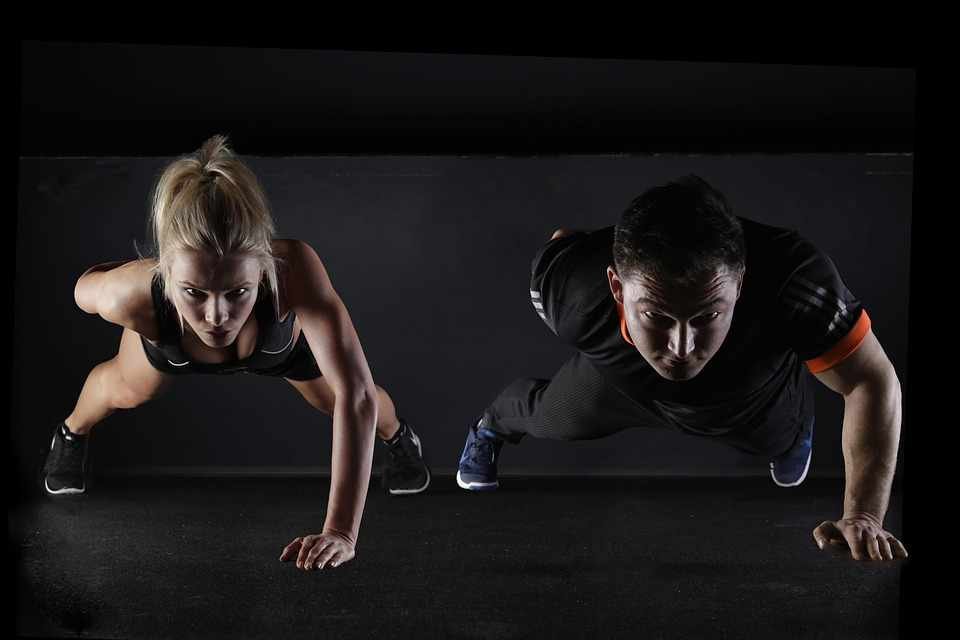


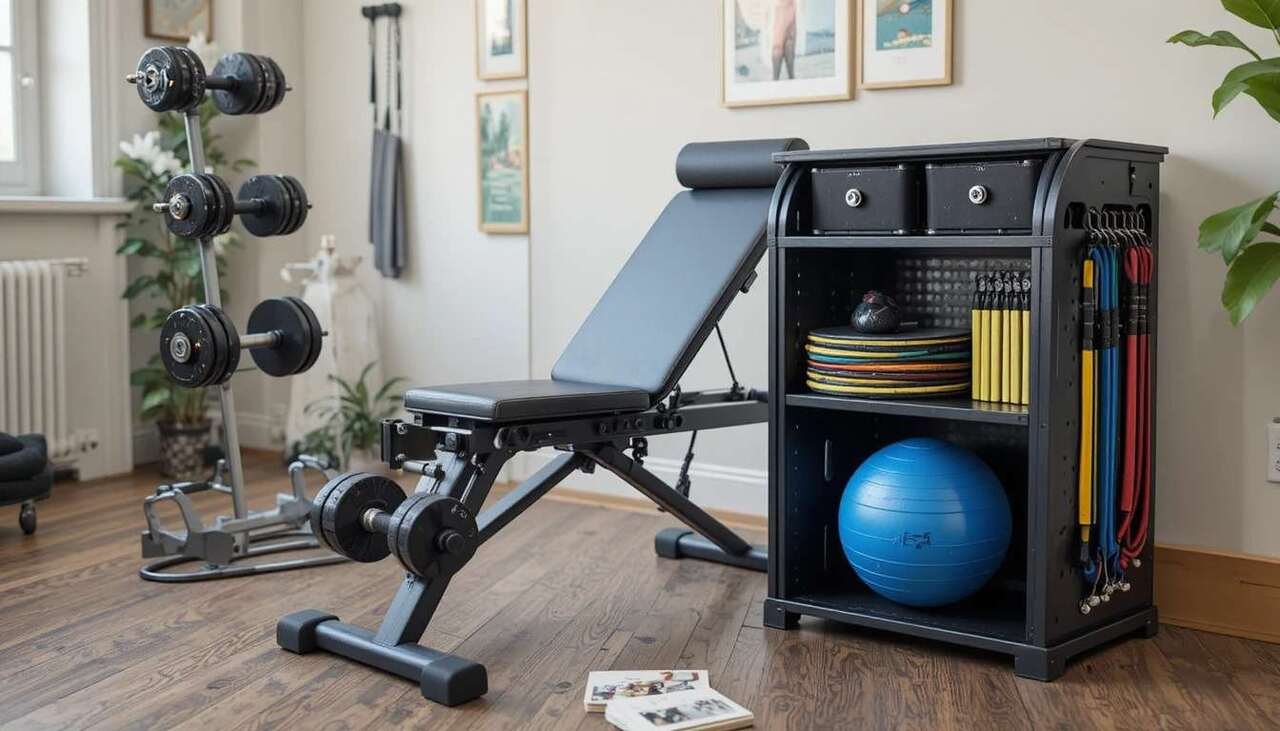

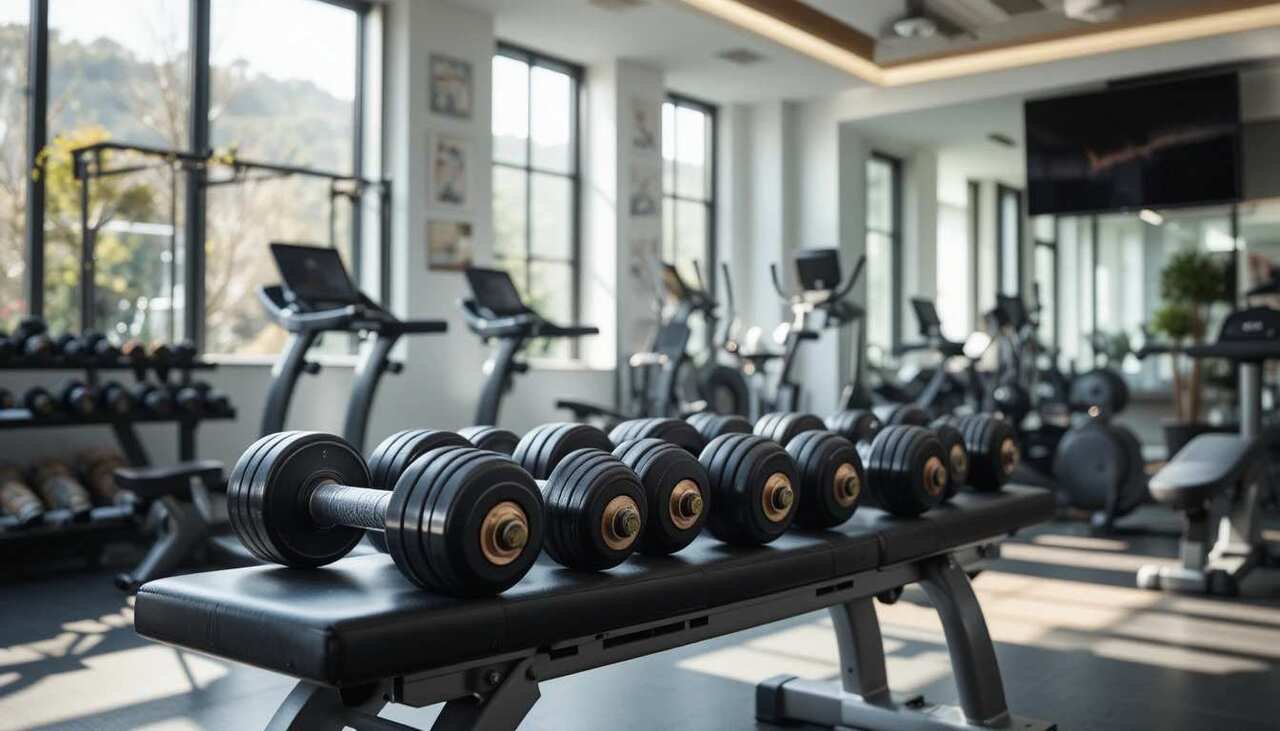
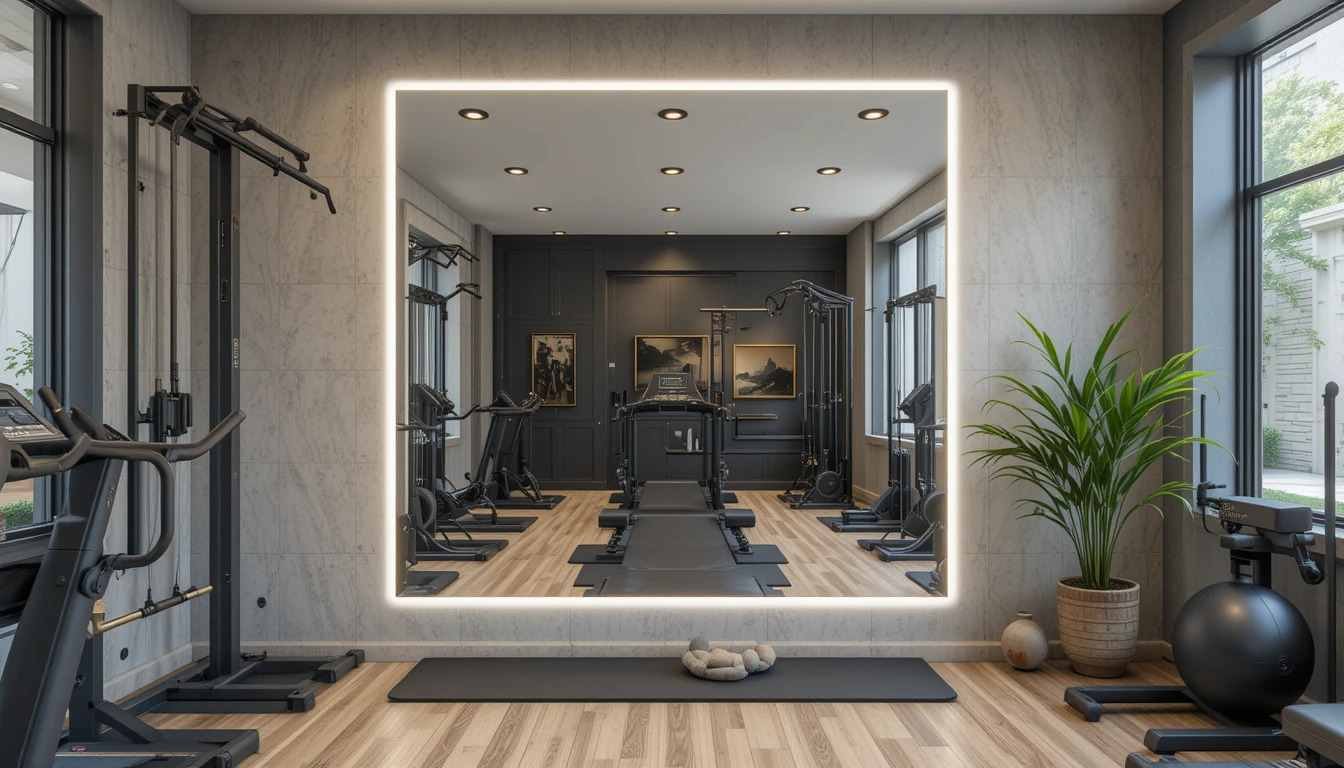
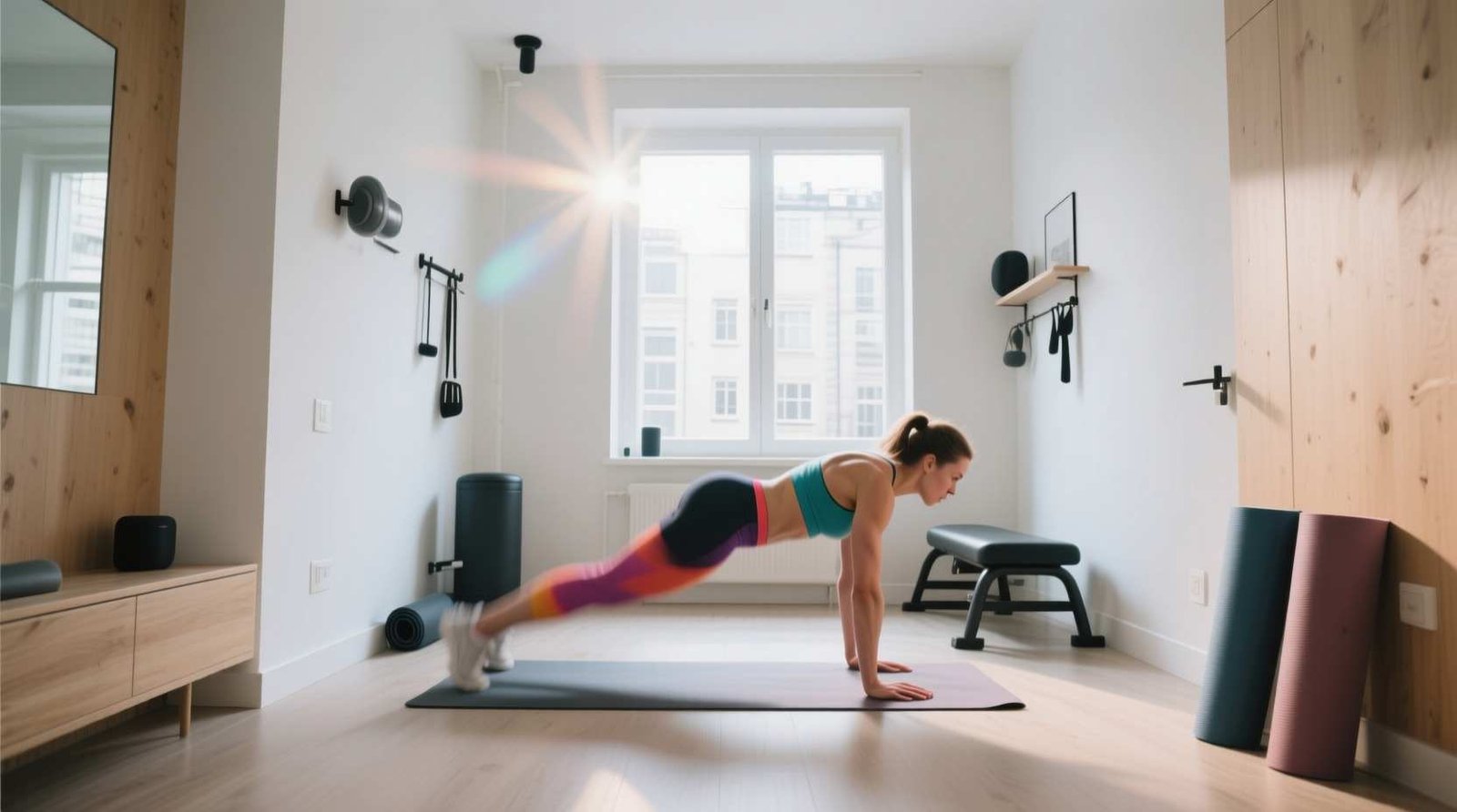
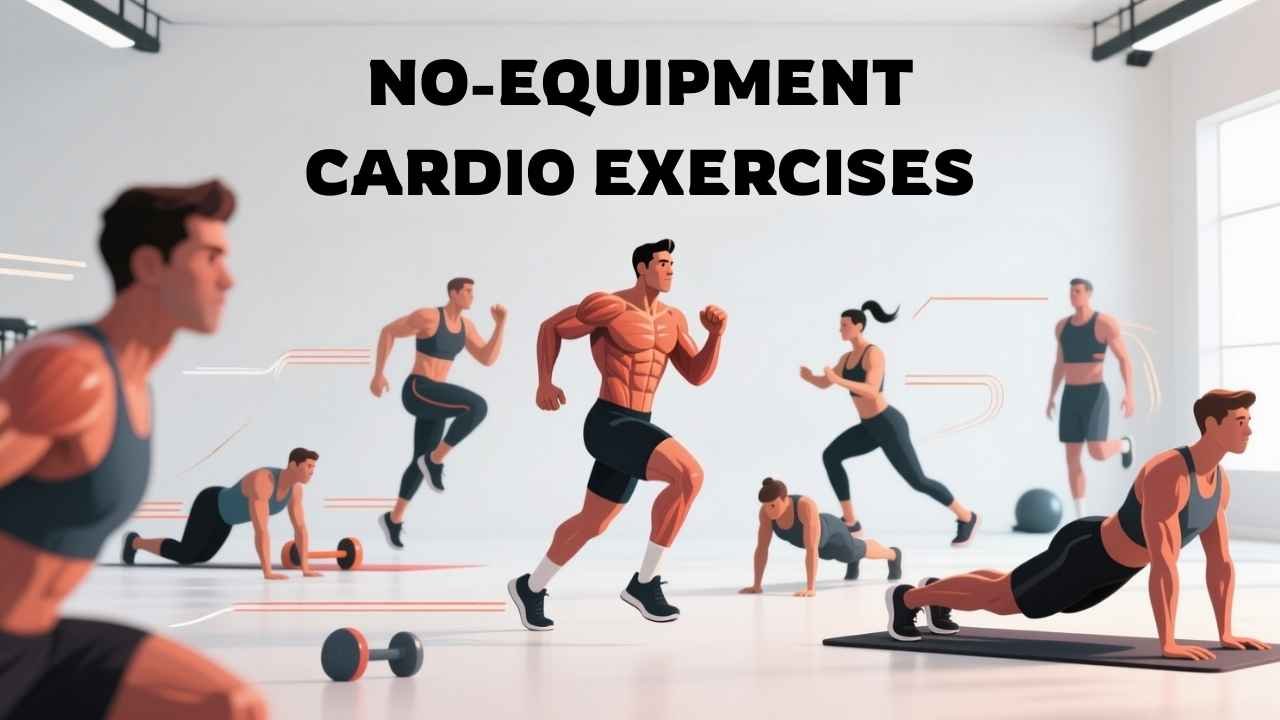

Leave a Reply